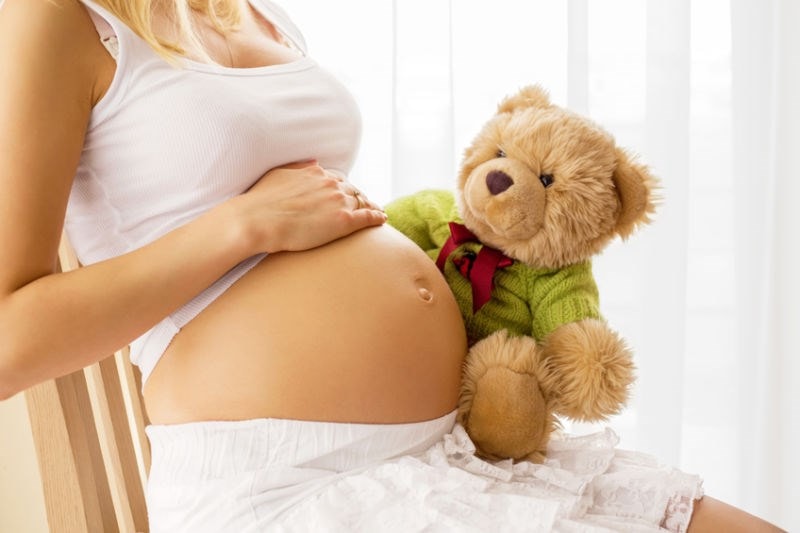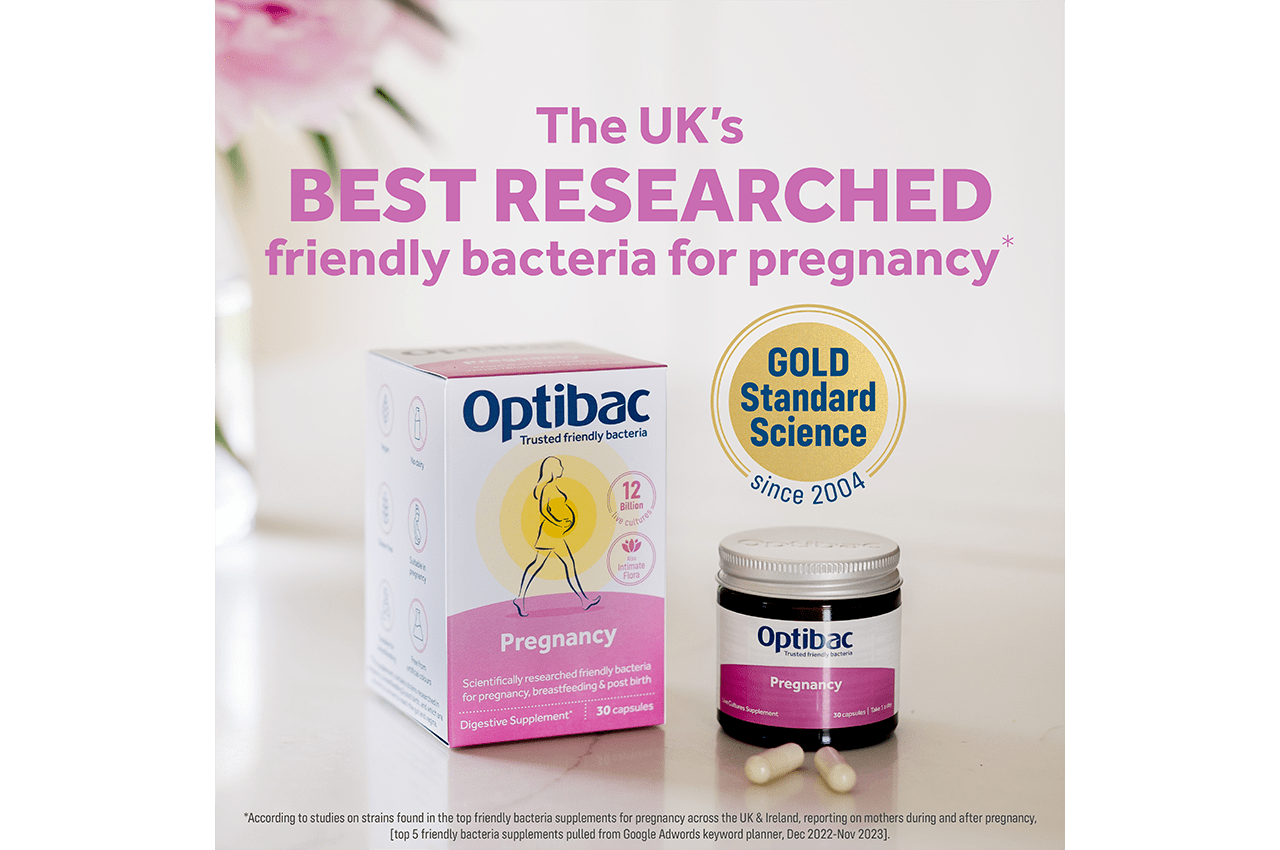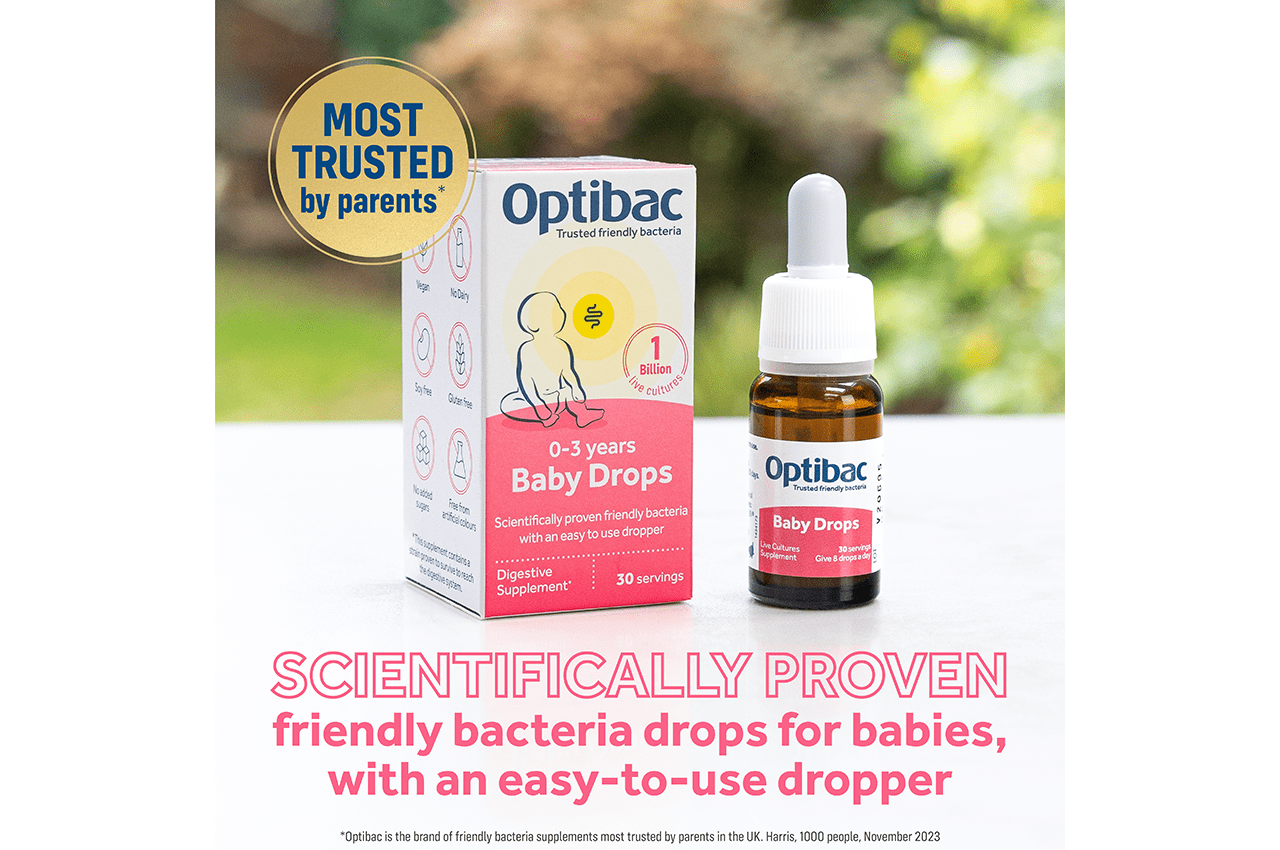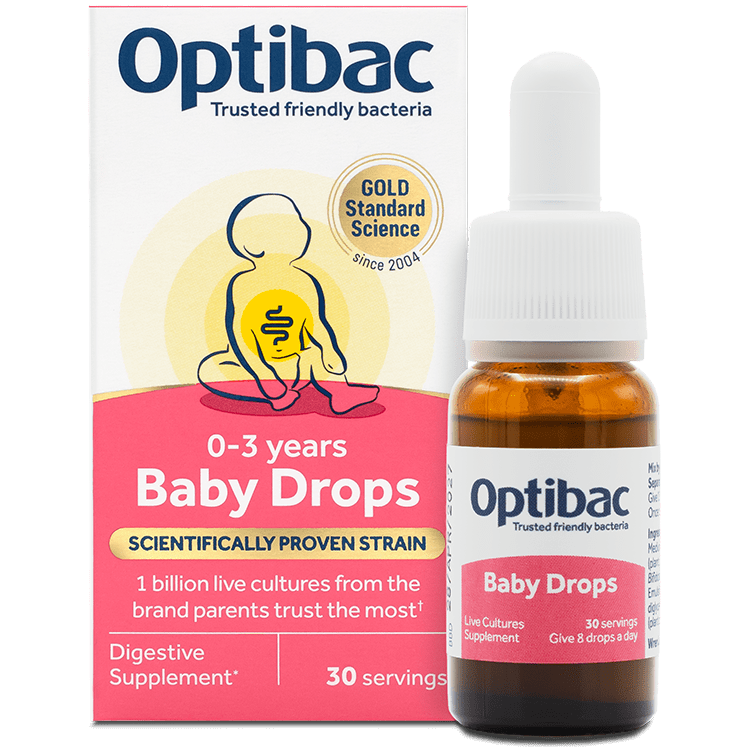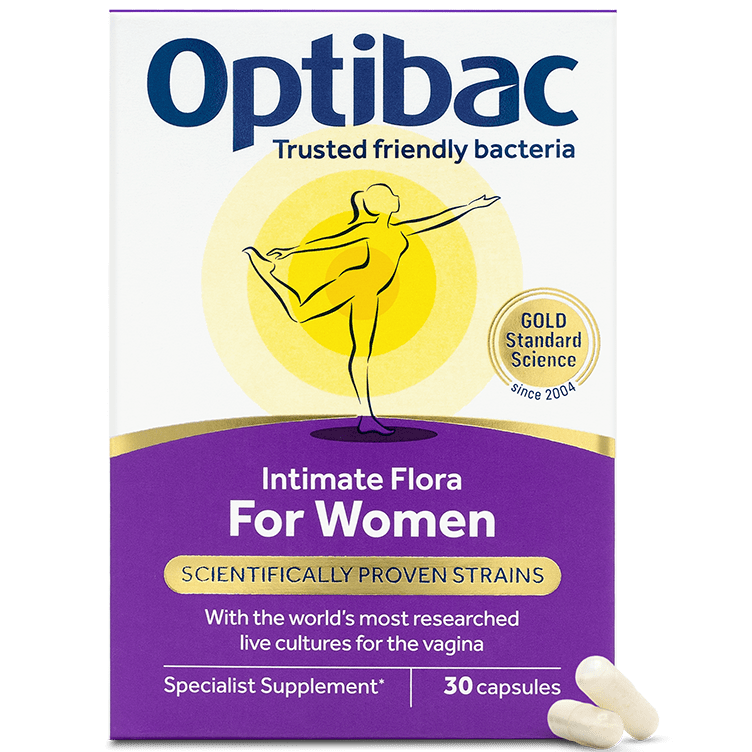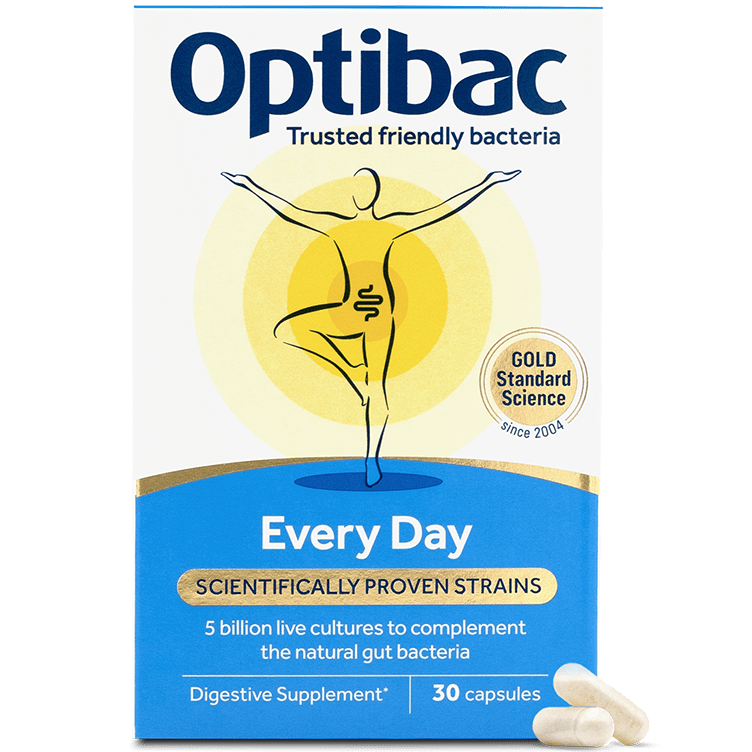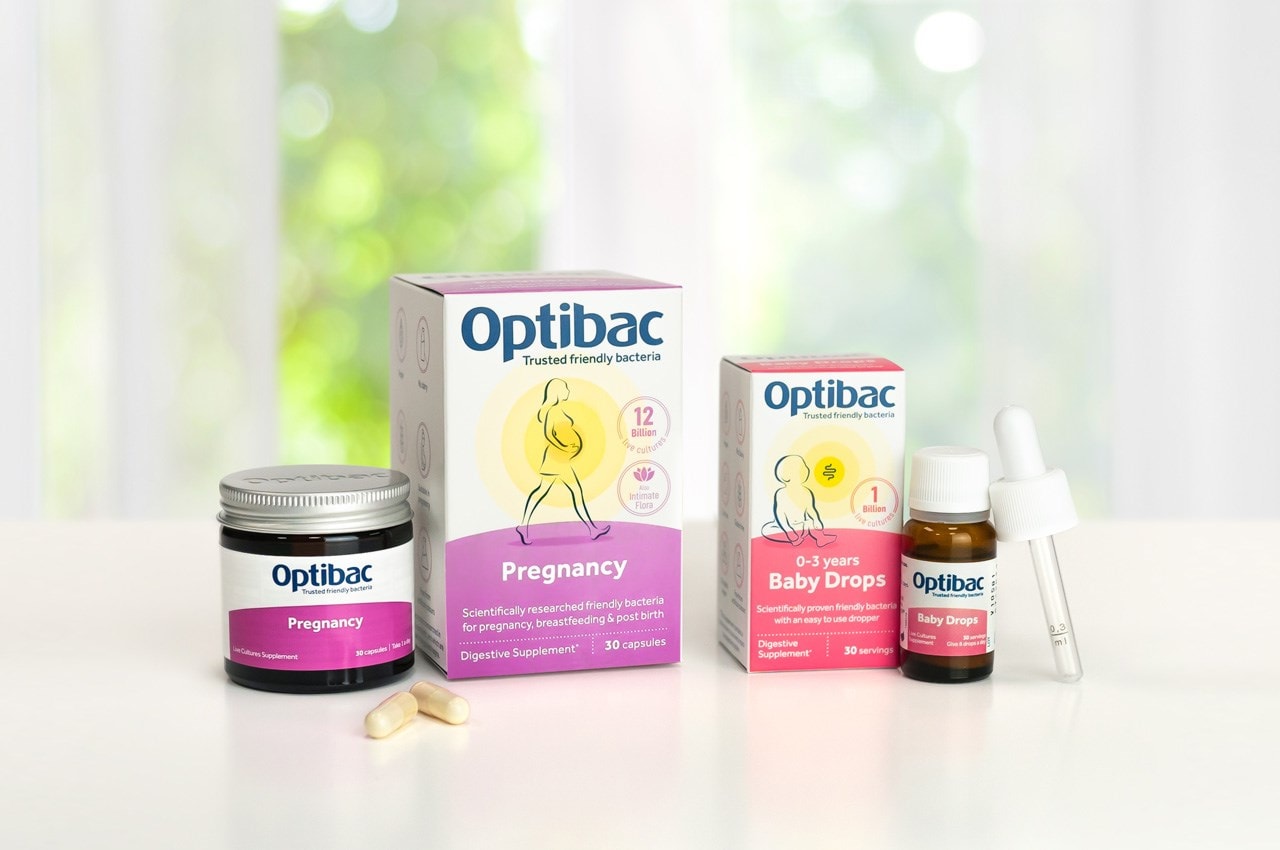Where do babies get their bacteria?
Did you know that a baby’s first exposure to bacteria comes from their mum during birth?
Research has shown that up to 60% of a baby’s microbiome reflects their mother, regardless of delivery method(1). However, typically, a vaginally born baby will harbour most of their microbes from their mother’s gut, and a baby born via caesarean section will have microbes more closely mirroring the mother’s skin and breast milk.
A healthy baby’s gut microbiome is made up primarily of a type of bacteria called Bifidobacteria. These bacteria help with the natural development of a baby’s gut, immune and general health. Pregnancy and early life are key periods for a baby’s gut microbiome – they offer a window of opportunity to build a foundation of Bifidobacteria in the gut, and to support the development of both current and future wellbeing.
There is no right or wrong way to give birth – it all depends on what is safest and most appropriate for a mother and her child. Babies born via C-section may not have the same levels and types of good bacteria as a vaginally born baby, because babies are exposed to a mother’s good bacteria in the birth canal. This helps to 'seed' the development of good bacteria in the infant gut.
However, many other factors can impact a baby’s microbiome development, including stress, poor diet or antibiotics during pregnancy – and often this is unavoidable. These factors can affect babies born vaginally and via caesarean section. Therefore, regardless of delivery method, mothers may find it beneficial to use a friendly bacteria supplement themselves during pregnancy, and to support their little ones post-birth.
"I used Optibac Pregnancy throughout my two pregnancies, and gave Baby Drops to both of my little ones. I had a C-section myself and I knew that friendly bacteria would be a great support to me and my children." - Dr Kate
Birth and early life look different for every mother and child – so let Optibac be a constant.
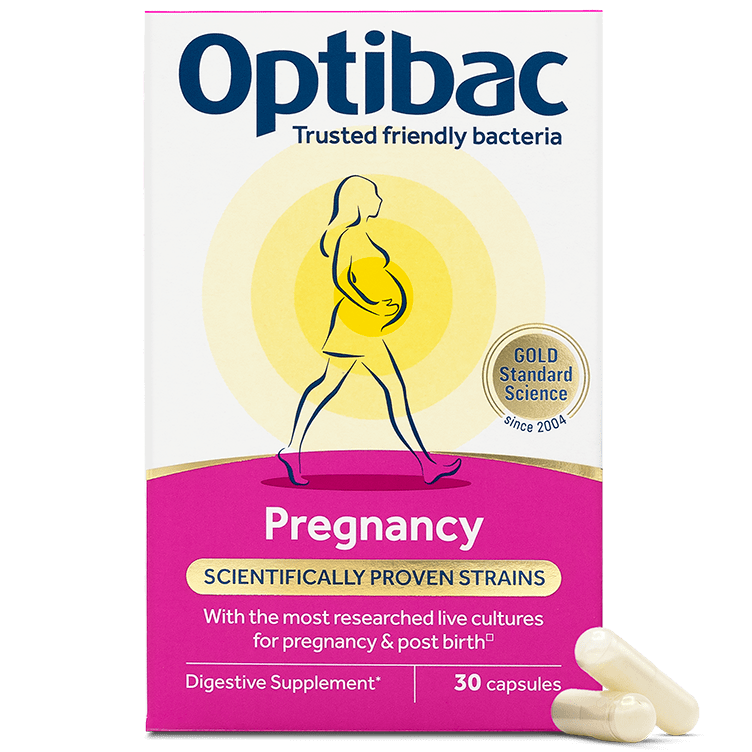
.png?lang=en-GB)

